Introduction: In this article, Mary Harrell-Sesniak searches old newspapers to find stories about birthday traditions celebrated by our ancestors. Mary is a genealogist, author and editor with a strong technology background.
Chances are you celebrate some of your birthday traditions the way your ancestors did—and not just extravagant gatherings with cakes, balloons and presents. Many cultures have unique and fun ways to commemorate a birthday.
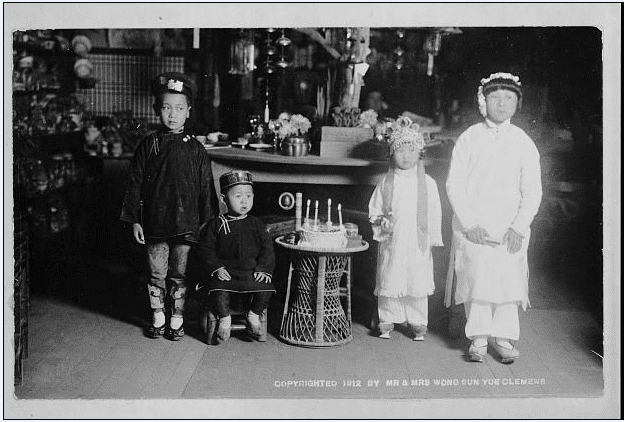
Birthday Traditions
This list of birthday traditions came from the following websites:
- http://family.lovetoknow.com/cultural-heritage-symbols/birthday-traditions-around-world
- http://www.theholidayspot.com/birthday/traditions/index.htm
Birthday traditions around the world:
- Do you pull one’s earlobes for each year of one’s life? Then you might come from Argentina.
- Does your family host barbeques with fairy bread for the children? Then you may have Australian roots.
- Is a one-year-old surrounded with toys and watched to see which one is picked first? In China, the selection is said to represent a future life pursuit. The child typically receives gifts with tigers which are said to protect children, and noodles are served at lunch.
- Do you receive a cake shaped like a man? Then perhaps you are connected to Denmark.
- Is a girl’s 15th birthday celebrated with a waltz, 14 young dancing couples and a new pair of shoes from her father? This is reported to be a tradition in Ecuador.
- How about a wooden wreath placed on a table with candles representing your age during a Geburtstagsparty (birthday party)? This is common in Germany.
- In many Hispanic cultures there are fiestas, complete with traditional food and piñatas filled with candy. Guests take turns trying to break it open with a stick while blindfolded.
- The Irish are known to tip a child upside down and bump him/her gently on the floor.
- In Jordan, many make a wish while cutting the cake with the wrong side of the knife.
- In parts of Russia, pies are baked with greetings carved into the crust.
- In Vietnam, a birthday is called a tet, and it is said that many celebrate them on New Year’s Day rather than on the actual birthday.
This boy celebrated his third birthday with a piñata.
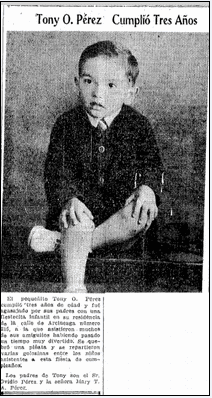
Birthdays of Leaders, Presidents & Royalty in the News
Early reports in newspapers focus more on celebrations of leaders and royalty than ordinary citizens. The birthdays of presidents, and in particular George Washington, were frequently observed with parades and special dinners. At least one party was held at a tavern in his honor. This 1782 newspaper article notes that the entertainment for Washington’s birthday was elegant, and the whole festivity was conducted with exquisite propriety and decorum. One can almost imagine the toasts said in his name!
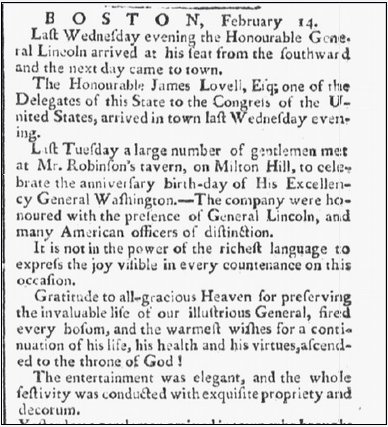
This earlier article from 1711 notes a special present for the Prince of Prussia’s mother—she was to receive a thousand ducats annually “on the Birth-day of the young Prince.”

This is one of my favorite birthday announcements. In 1820 the Emperor of Russia issued an imperial Ukase abolishing all the war taxes that had been imposed eight years earlier.

Researching Birthdays of Our Ancestors
Although GenealogyBank’s Historical Newspaper Archives search page doesn’t have a specific category for birthdays, you can be successful by searching for ancestors in other ways.
If you get lucky, you’ll find a photo of a child or adult and a description of the birthday festivities. Try entering your ancestor’s name and then include “birthday” in the keyword field.
Many accounts, including this one for Miss Cora Van Fleet’s 17th birthday party, include a list of attendees.
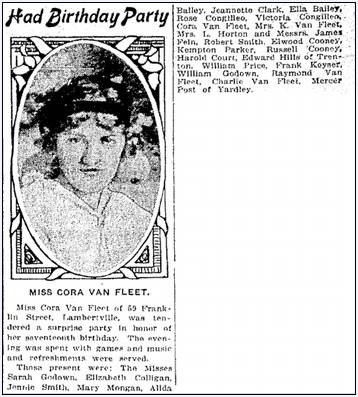
Since early newspapers rarely described birthdays for ordinary citizens, also try searching for descriptions of parties within news article stories. Although this account from 1833 was entirely from the author’s imagination, one can appreciate the frivolity and excitement one might feel from receiving a birthday party invitation delivered by sleigh.
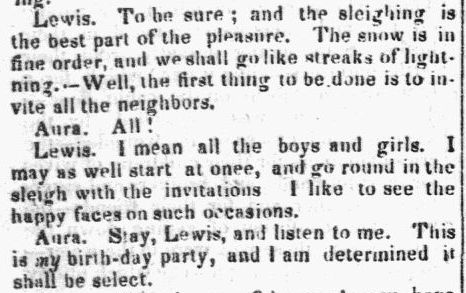
Coming of Age Parties
If your ancestors celebrated a coming of age party, such as a quinceanera (15th birthday party for Mexican females) or Bar Mitzvah or Bat Mitzvah (Jewish parties typically at age 12 or 13), you may find accounts in the papers, including Henry Sahlein’s from 1863.
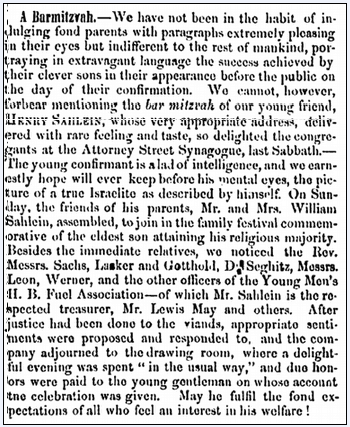
And finally, I’ll leave you with this happy image, to remind us all how much fun birthday parties can be!
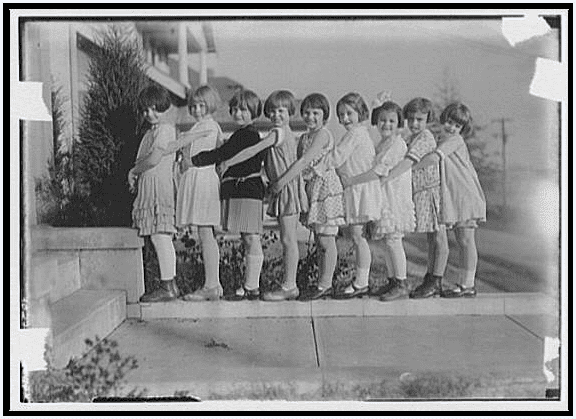
Do you have a special tradition to celebrate birthdays in your family? If so, please share it with us in the comments section.
Related Articles about Births & Birthdays:
